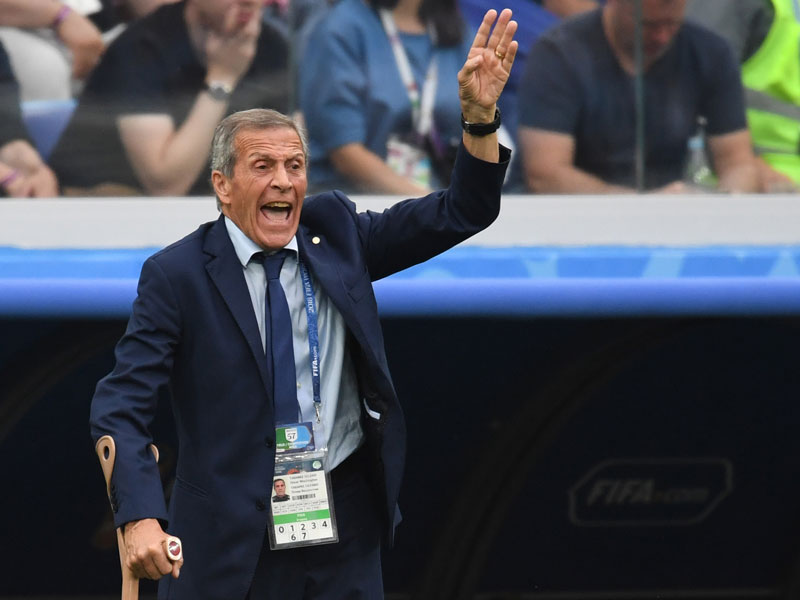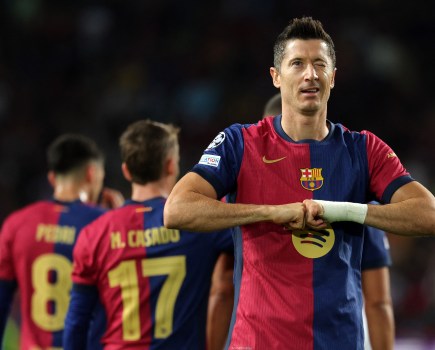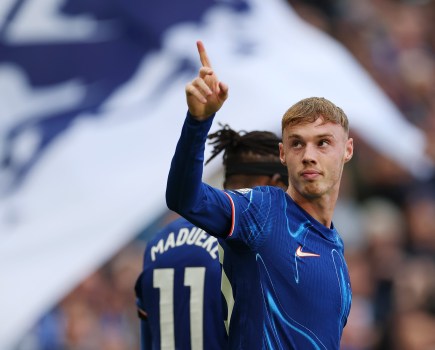Tim Vickery’s Notes From South America: Uruguayan Football Amidst Local Crisis
Luis Suarez and Edinson Cavani will both be in their mid-30s by the time the next World Cup comes round, and will surely be past their best. Part of Uruguay’s 2022 challenge, then, will surely depend on whether the bull-like Maxi Gomez can confirm the promise he displayed in his debut season with Betis.
But as far as central midfield goes, Uruguay look extraordinarily well provided for. The elegant Rodrigo Bentancur and the dynamic Lucas Torreira will be close to the finished article in four years’ time – and there is also Federico Valverde, the first of the new generation of talented Uruguayan midfielders to break into the national team, but who missed out on Russia after a run of injuries interrupted his momentum. Back at Real Madrid after a loan spell as La Coruna, Valverde will be looking to press on for club and country.
No other South American team can boast this potential and strength in the central midfield area – which, after a World Cup of Paul Pogba and Luka Modric, looks especially important.
With more recent graduates of the Under-20 side to feed into the senior ranks, things look bright for Uruguay – on the field.
Off the pitch, it is a different matter. Reigning FA president Wilmar Valdez decided not to run for re-election. Ostensibly this was for family reasons. But allegations of corruption have suddenly been swirling around, with a businessman claiming to have recorded conversations in which requests were made for kickbacks on a contract.
The elections, originally scheduled for last week, have been postponed. A power vacuum now has to deal with the many problems of the Uruguayan game. Both the referees and the players are poised to go on strike over economic issues, in a domestic scenario driven by conflict. There is always potential for conflict between the traditional big two clubs, Penarol and Nacional, between the big two and the rest, and for conflict surrounding the role of the Tenfield company which seeks to dominate media rights. There has even been conflict within the players, who, having lost confidence in their traditional representative union, have formed their own association.
In recent years, under coach Oscar Washington Tabarez, the national team have been able to stand above such things. Former international striker Sebastian Abreu recently described the national team set up as “an oasis in Uruguayan football.” Led by captain Diego Godin, the players have been involved in a row with Tenfield. But the project that Tabarez launched in 2006, where the national team youth sides were to be used to identify and develop talented youngsters, almost saw domestic Uruguayan football as an irrelevance.
But that oasis is now threatened by the local crisis. After a successful World Cup, there is a general consensus that Tabarez should stay on. Despite his health problems, Tabarez may well be open to this – the desire to keep working with the likes of Bentancur, Torreira and Valverde is obviously stimulating. But with the FA thrown into turmoil, would he want to stay on? And anyway, who has the power to offer him a new contract?
Friendly matches have been fixed up for early September, and squads will have to be announced soon. Tabarez, though, is seen as unlikely to take charge for these matches on a temporary contract. The matches could be scrapped, or a short term replacement brought in, such as one of the current youth coaches. But it would be an unsatisfactory way to kick on and follow up the promise shown by some of Uruguay’s youngsters in the recent Russian World Cup.







